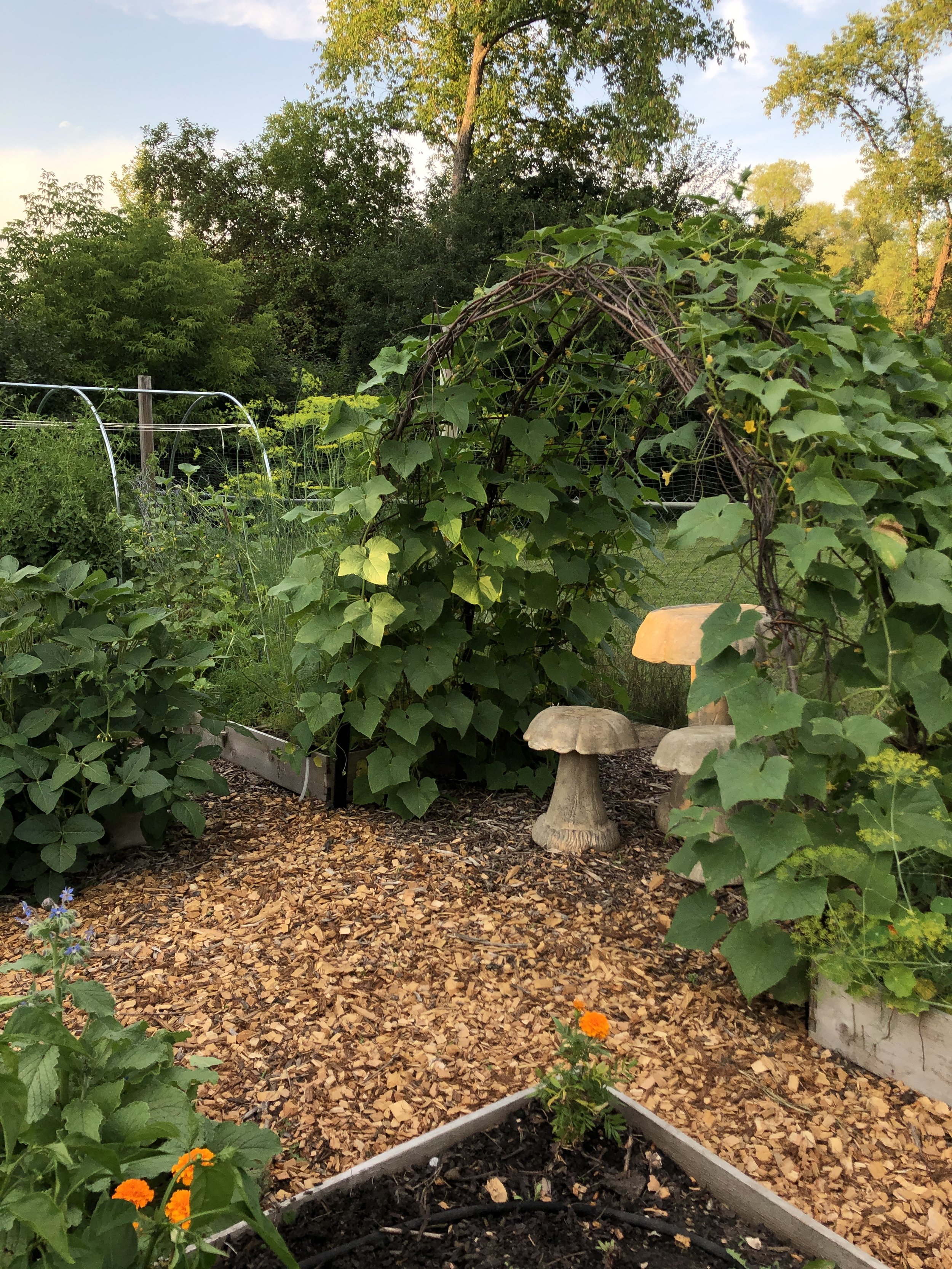Once you get on the homemade bone broth bandwagon, you’ll be one of those broth aficionados who can no longer imagine throwing out a carcass – especially one as rich with possibility as the one from your giant Thanksgiving turkey! Of course, bones from chicken pieces, a rotisserie chicken or any other poultry will also work for a homemade chicken “bone broth.” To clarify, a bone broth differs from regular broth or stock in that it is simmered for many hours, even days. This long cooking time not only gets you the nourishing gelatin from the collagen in the carcass, but also releases the minerals from the bones, making the resulting broth quite the impressive health and immune-boosting elixir. One study concluded that a number of anti-inflammatory properties of chicken soup may be responsible for decreasing the side effects of respiratory tract infections, and another showed that chicken soup loosens nasal mucus at a significantly higher rate than cold or even hot water. This loosening effect is so important when you are trying to clear out your lungs and nasal passages – you will find that you breathe better and recover more quickly.
When considering the wonder that so much nutrition can be reaped from the whole animal – the properties of the animal’s bones literally strengthening our bones, and the properties of the joints, strengthening our joints – hopefully you are able to more deeply appreciate the way food works, and is meant to work. And for the frugal among us, making bone broth is so much less wasteful than throwing all that nutrition in the trash!
Health virtues aside, homemade bone broth is the gold standard for making soups, stews and sauces. Once you taste homemade soup with your own broth, you’ll never go back to store-bought (even if it’s labeled “bone broth!).
How to Make Bone Broth
1) Collect bones and veggie scraps.
Whenever you have bones or veggie scraps such as carrot ends and peels, celery leaves and onion peels, just add them to a large ziplock bag in your freezer. Do not include the skin from the carcasses, which add a lot of grease. Once you have at least a gallon of scraps saved, you’re ready to make broth.
2) Cover with water, add vinegar and soak.
Place all the scraps in a large stock pot or crock pot, cover with water and add salt, peppercorns and a bay leaf. Optionally, you can add a couple tablespoons of apple cider vinegar per gallon of water and let the bones soak for 30 minutes to an hour before beginning to heat it. The acidic quality of the vinegar releases calcium from the bones, thus bolstering the calcium content of your broth. If you don’t have time for this step, your broth will still be delicious!
3) Simmer for at least four hours, even days.
After about four hours of simmering on the stove, or 24 hours in the crock pot, a tasty broth will be ready for use, but the bones will still have a lot of untapped potential. If you’re cooking on the stove, you may even time it so that you can draw off some broth at the four-hour mark to make dinner that night, then replenish the water and simmer the broth on low overnight and into the next day. If you don’t want to leave your stove unattended, you can make your broth in a crock pot on low and continue to draw off broth and replenish with water over the course of several days. The flavor will weaken as time goes on, but the broth will still carry nutrition and be useful for things like cooking rice.
4) Strain and store.
Simply straining the broth through a wire mesh sieve is sufficient. The broth will keep for five days in the refrigerator, or it can be frozen or pressure-canned for long-term storage. For freezing, you can use freezer bags, plastic storage containers or even mason jars. Especially if using mason jars, only fill them 2/3-3/4 full, and make sure the broth is chilled in the fridge before moving to the freezer (this will prevent the jar from cracking). To pressure-can the broth, process pint jars for 20 minutes at 10 pounds of pressure, and quart jars for 25 minutes. If you’re interested in getting into canning, go for it – broth alone is enough reason to do it. Having the jars in the pantry ready to go at any time without thawing is worth it!
Happy Thanksgiving!












